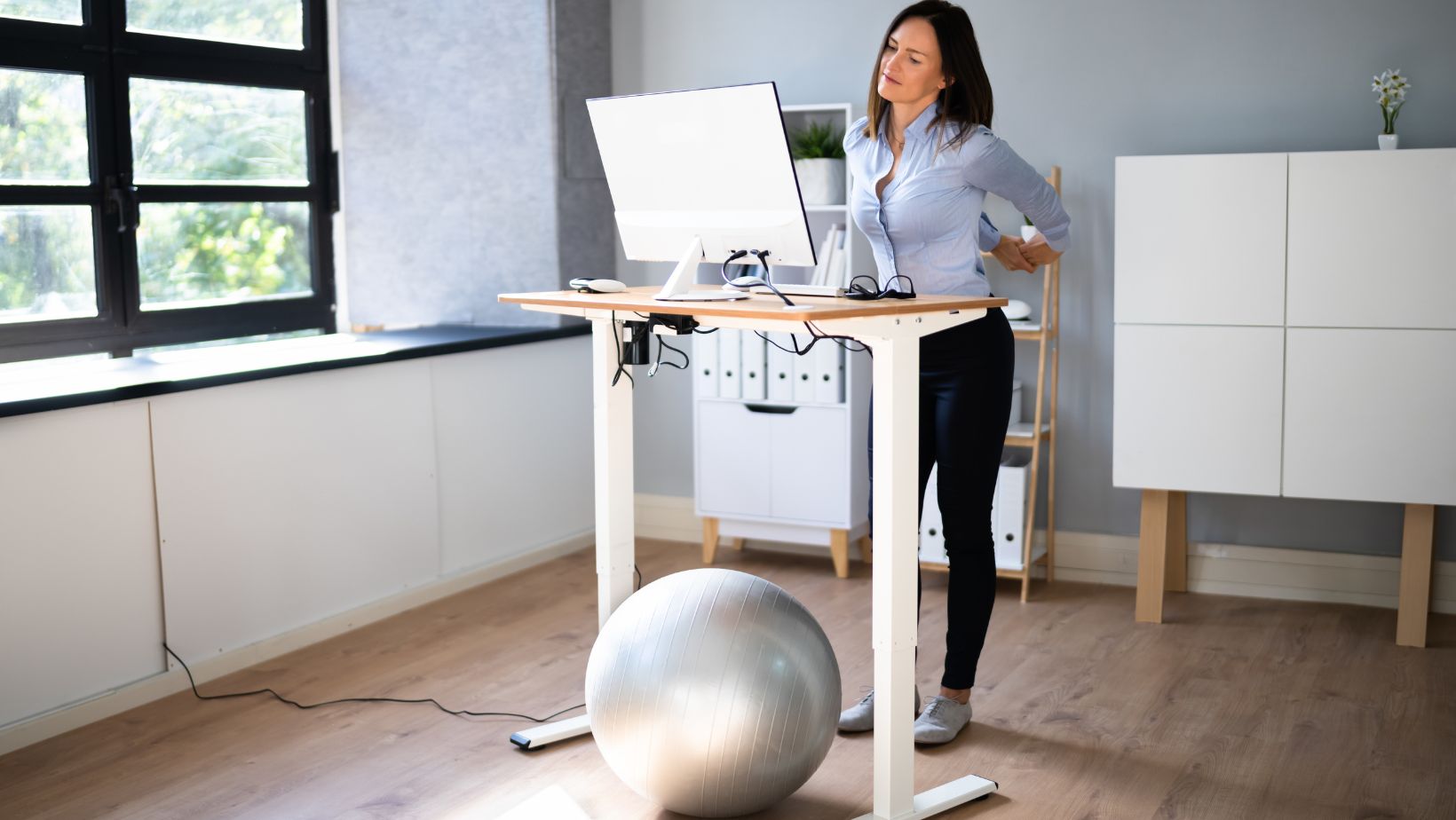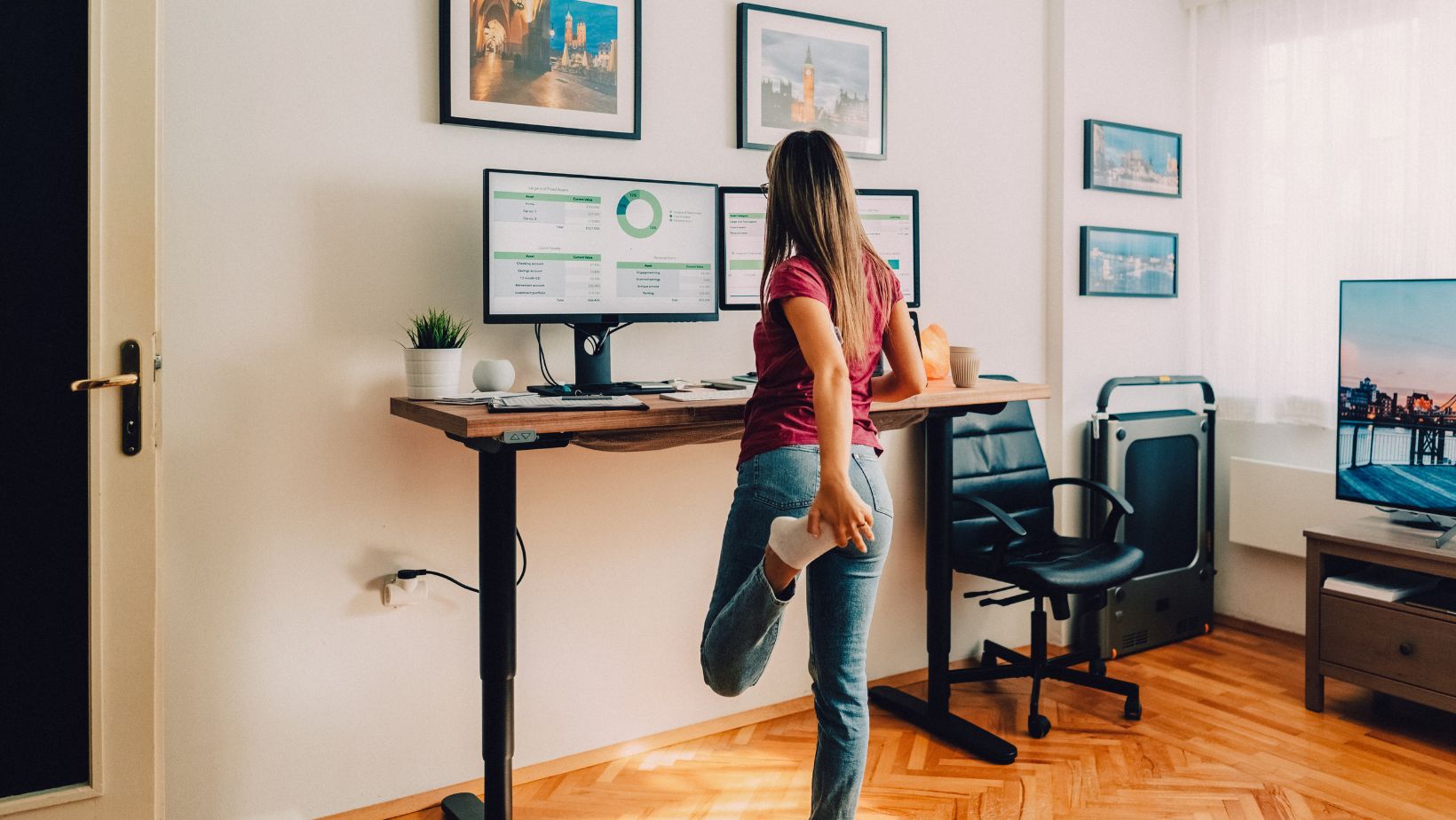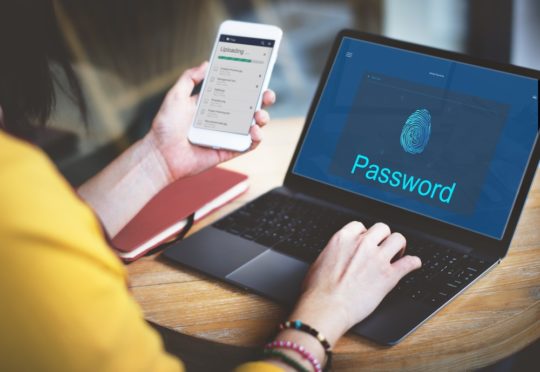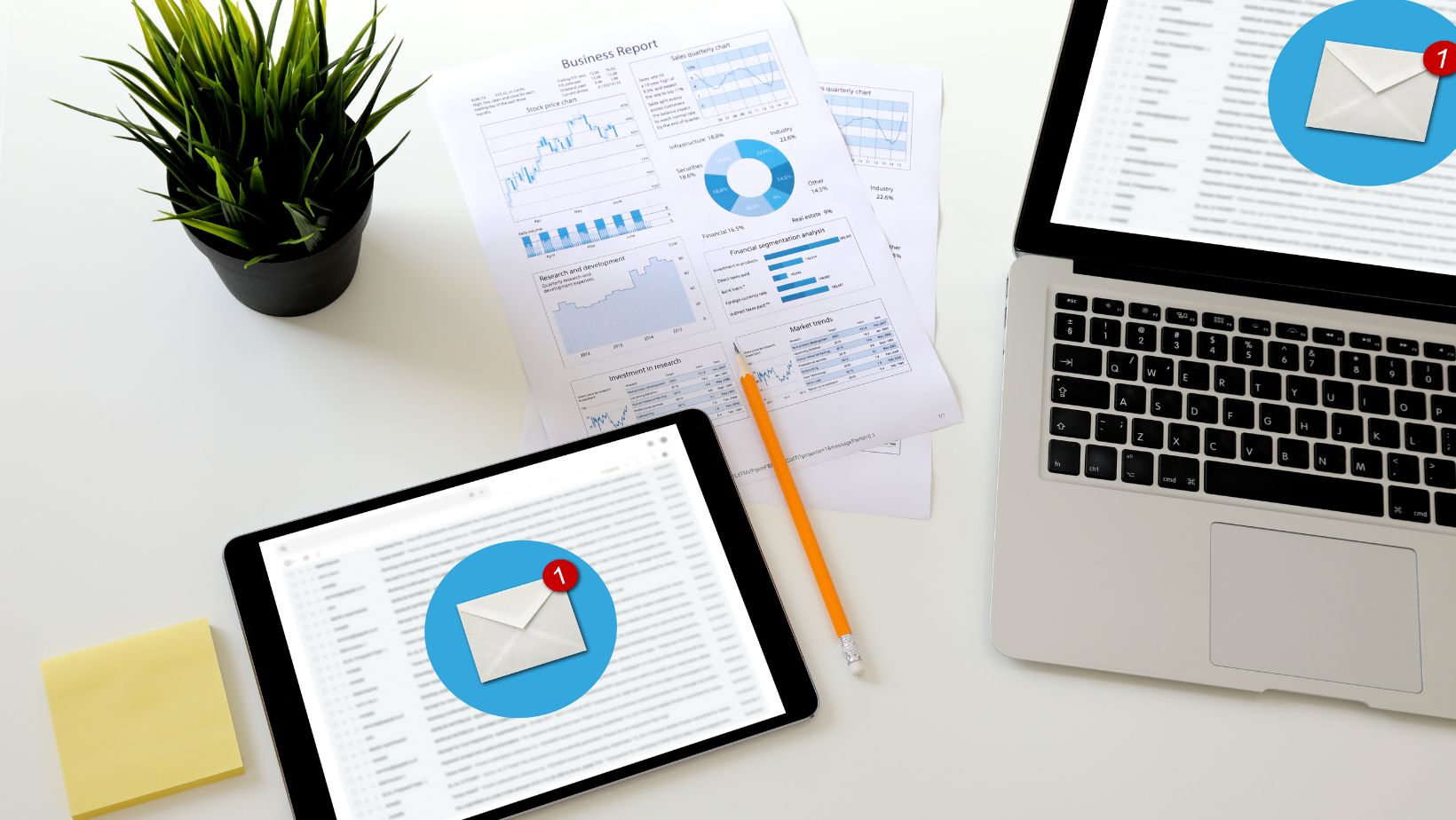
As a mom, your time is precious, and finding ways to juggle your responsibilities while keeping your home clean can feel like a never-ending challenge. Between work, school activities, meal prep, and family time, it’s easy for cleaning to fall to the bottom of the to-do list. But the good news is, you don’t have to dedicate hours to maintaining a tidy home. If you’re in need of additional help, house cleaning services Houston can be a great option for those times when you need a professional touch or a deep clean.
In this post, I’ll share simple, realistic, and sustainable cleaning routines designed specifically for busy moms. These routines require little time but make a big impact on the cleanliness of your home. Let’s get started!
Set a Simple, Daily Cleaning Routine
Instead of waiting until your home feels overwhelming, try breaking up cleaning into short, manageable daily tasks. When you take just a few minutes each day to stay on top of things, you avoid the need for long cleaning marathons. For deeper or time-consuming tasks, many residents turn to professional home cleaners in Hoboken to maintain a consistently fresh and tidy living space.
Sample Daily Cleaning Routine (15-20 minutes):
- Morning: Make the bed (1 minute), wipe down kitchen counters (5 minutes), load/unload the dishwasher (5 minutes).
- Evening: Sweep high-traffic areas (5 minutes) and tidy up toys or clutter (5 minutes).
Doing these small tasks every day keeps your home consistently clean without overwhelming yourself. Think of it like brushing your teeth. It’s a daily habit that keeps things fresh and in order.
Declutter Throughout the Day
The less stuff you have lying around, the easier it is to keep your home clean. Spend a few minutes each day decluttering high-traffic areas like the living room, kitchen, and entryway. As you move from one room to the next, please take a moment to put away items that don’t belong, whether it’s toys, shoes, or paperwork.

Tip: Keep a basket or bin in each room where you can quickly toss items that are out of place. Do a quick sweep through the house to put these items back where they belong. And if there are tasks that feel too overwhelming, such as needing to clean a toilet, don’t hesitate to break them down into manageable tasks, focusing on one area at a time.
Involve Your Kids in the Process
Cleaning doesn’t have to be a solo job! Your kids can be a huge help, even at a young age. The key is to make cleaning fun and manageable for them. Not only does this lighten your load, but it also teaches your children the value of responsibility and teamwork.
Age-Appropriate Chores for Kids:
- Toddlers: Help with putting toys in baskets, wiping down low surfaces, or dusting with a soft cloth.
- Elementary age: Sort laundry, make their beds, vacuum small areas, or set the table.
- Teens: Clean bathrooms, take out the trash or vacuum the entire house.
Start small with short tasks and gradually increase their responsibilities as they get older. You can even turn cleaning into a fun family activity by setting a timer and seeing who can clean the fastest!
Focus on High-Traffic Areas
Some areas of your home will naturally accumulate more dirt and mess than others. Focus your cleaning efforts on the rooms or spots that get the most use, like the kitchen, living room, and bathrooms.
Highest Priority Areas to Tidy:
- Kitchen: Wipe down counters and appliances after each meal.
- Living Room: Fluff pillows, fold blankets, and tidy toys.
- Bathrooms: Wipe down sinks and mirrors and quickly sanitize the toilet.
By concentrating on these areas, you’ll keep your home feeling cleaner and more organized, even if the rest of the house needs some extra attention.
Create a Simple Cleaning Checklist
A cleaning checklist doesn’t have to be complicated. Please write down the tasks that need to be done daily, weekly, and monthly, and work through them gradually. For example, once a week, set aside 30 minutes to mop the floors or clean the windows. By planning and checking off tasks, you’ll stay organized without feeling overwhelmed.
Weekly Checklist Ideas:
- Dust surfaces and furniture.
- Clean mirrors and glass.
- Wipe down bathroom surfaces and mop floors.
You don’t have to do everything at once. Even spending 10 minutes each day working on your checklist can help keep your home clean without adding stress.
Use Multi-Tasking Cleaning Products
When you’re short on time, every minute counts. Look for cleaning products that can do more than one job so you don’t have to switch between different products and tools. For instance, an all-purpose cleaner can be used on countertops, sinks, and bathroom surfaces, while a multi-surface duster can take care of dusting furniture and baseboards.
Helpful Products to Keep on Hand:
- All-purpose cleaner: Cleans most surfaces with ease.
- Disinfectant wipes: Great for quick cleanups on counters and high-touch areas.
- Vacuum with multiple attachments: Helps clean floors, furniture, and even car interiors.
Having a few reliable products that work for a variety of tasks will save you both time and space.
Nightly Reset: Tidy Before Bed
A great habit to adopt is doing a quick nightly reset before heading to bed. Spend just 10-15 minutes tidying up the most-used areas in your home.

Doing this small task at night means you’ll wake up to a more organized space and avoid feeling overwhelmed by messes that build up overnight.
Nightly Reset Checklist:
- Put away items left out during the day (shoes, bags, toys).
- Clear the kitchen counters.
- Do a quick sweep through the living room and bedrooms.
Starting the day with a clean home can set the tone for a more productive and peaceful morning.
Final Thought
Keeping your home clean doesn’t have to be a stressful, time-consuming chore. By following these quick and easy routines, you can maintain a tidy space without sacrificing time spent with your family. If you’re ever in need of extra help to keep things sparkling, Hellamaid offers convenient and reliable cleaning services that can give you the support you need, especially during home renovations or outdoor projects where a porta potty rental might also be useful.
Start with just a few of these simple habits and see how they can make a difference in your daily routine. Small, consistent actions add up over time, and soon enough, you’ll feel the benefits of a clean and organized home, even with a packed schedule.











































